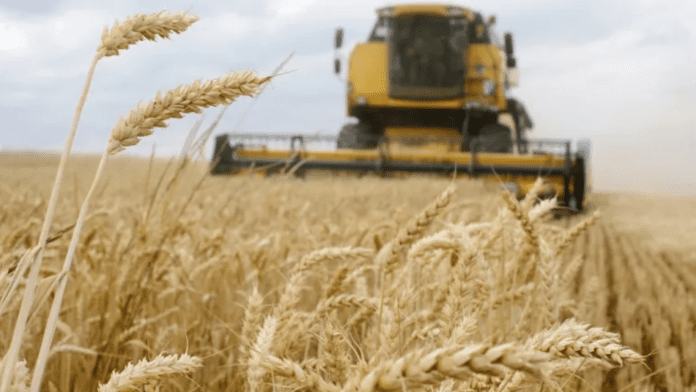A day after the government imposed stock limit on wheat till March 31, 2024 to bring down its prices and prevent hoarding, Secretary, Food and Public Distribution Sanjeev Chopra on Tuesday asked states to obtain disclosures of wheat stocks from the wholesalers and traders.
This order was given to all state Food Secretaries during a meeting which Chopra undertook via video conferencing.
To ensure transparency in wheat availability, the directive was also issued to address any unfair practices by large chain retailers and traders.
During the meeting, detailed discussions were held regarding the stock limit imposed on wheat stocks by the Centre on June 12th.
Read More: Wheat stockholding limits introduced by Indian government for the first time in 15 years
As per the order, the stock limit for wheat processors has been set at 75% of their annual installed capacity or the quantity equivalent to the monthly installed capacity multiplied by the remaining months of 2023-24, whichever is lower.
Wholesalers and traders are permitted to store up to 3,000 metric tonnes of wheat at any given time, while retailers are allowed to store up to 10 metric tonnes.
For large retail chains, the stock limit is set at 10 metric tonnes for each individual outlet and 3,000 metric tonnes for all outlets within the chain.
If the stocks held by retailers and traders exceed the prescribed limit, they are required to adjust their inventory to comply with the prescribed stock limits within 30 days from the date of this notification.
States have been instructed to ensure that all relevant entities, which are subject to the stock limits, declare and regularly update their wheat stock positions every Friday on a government portal. Furthermore, they are urged to promptly issue instructions for strict compliance with the stock limit order.
During the meeting, the Centre also announced its decision to release 15 lakh metric tonnes (LMT) of wheat in the first phase, as well as rice, through the Open Market Sale Scheme (Domestic) or OMSS (D). This move is expected to help stabilize the increasing prices of wheat, rice, and their derived products.





